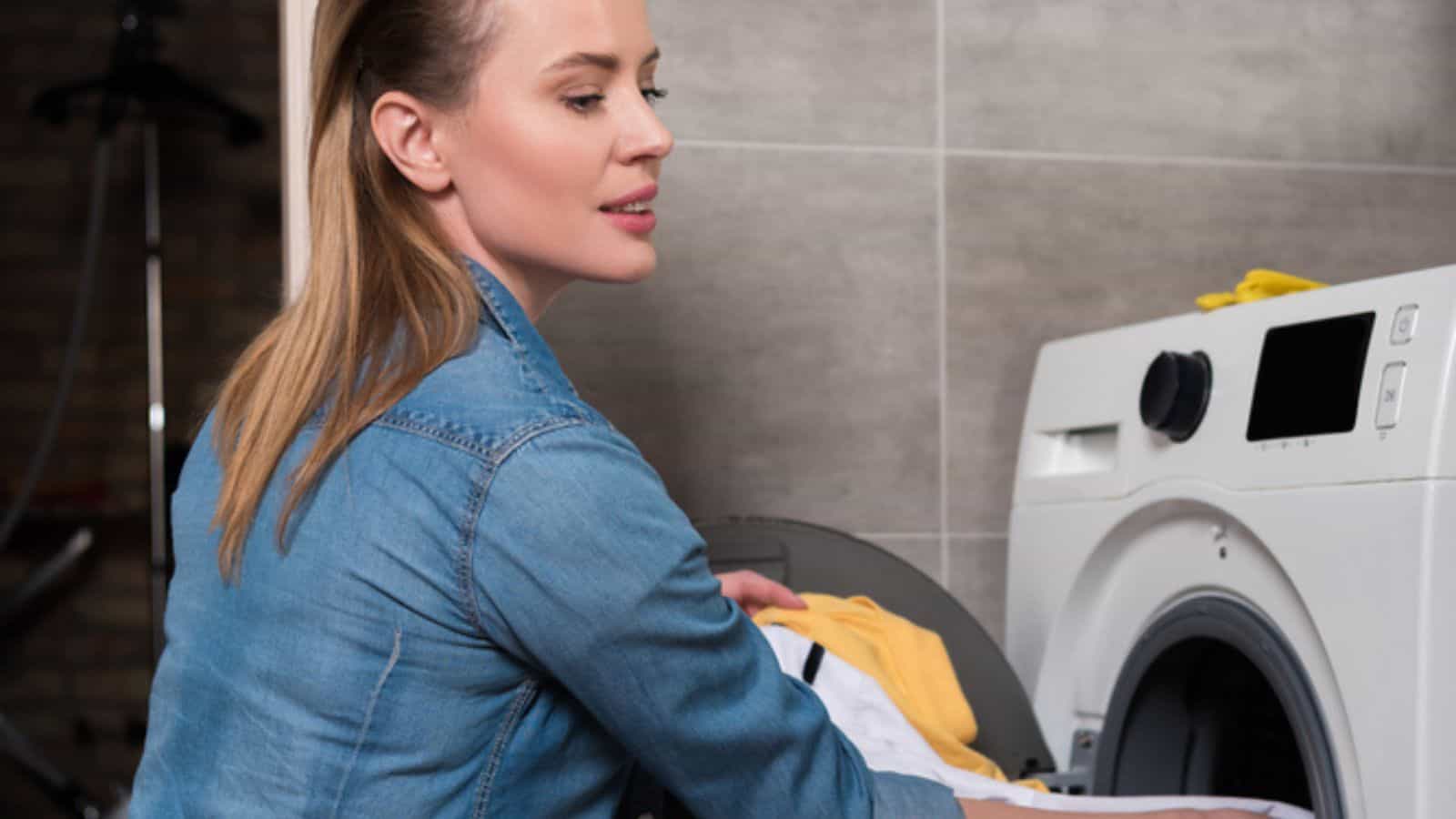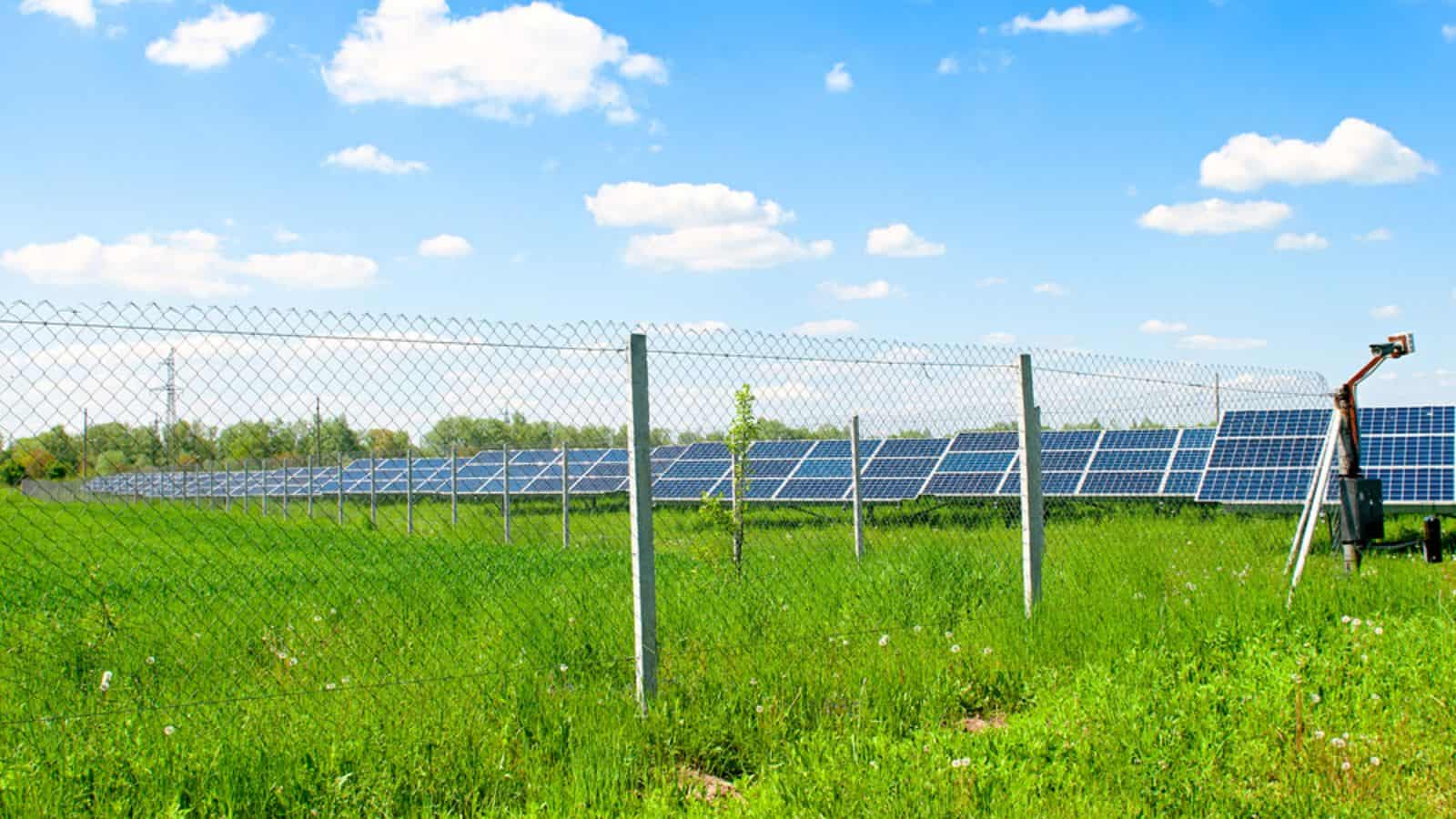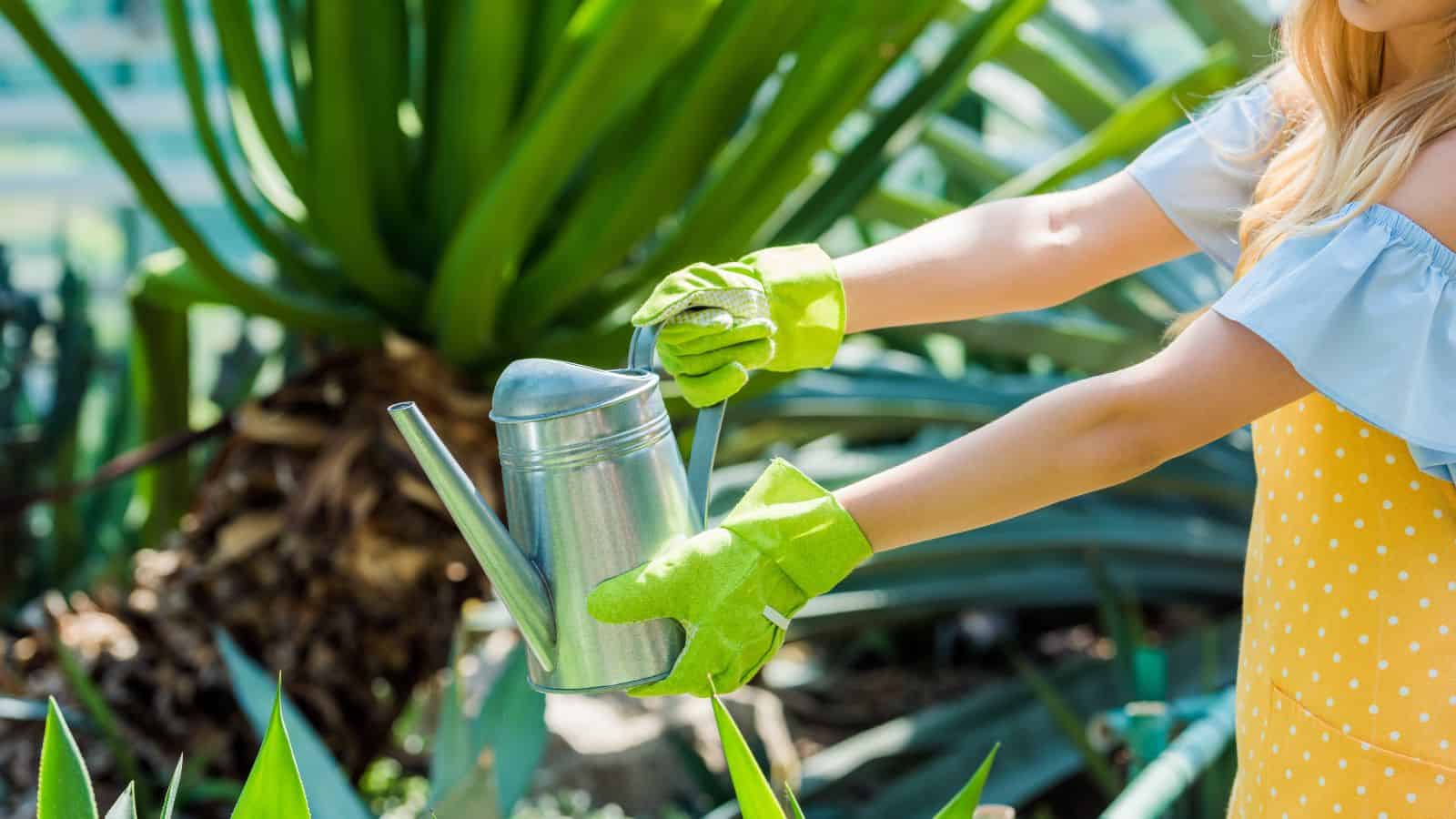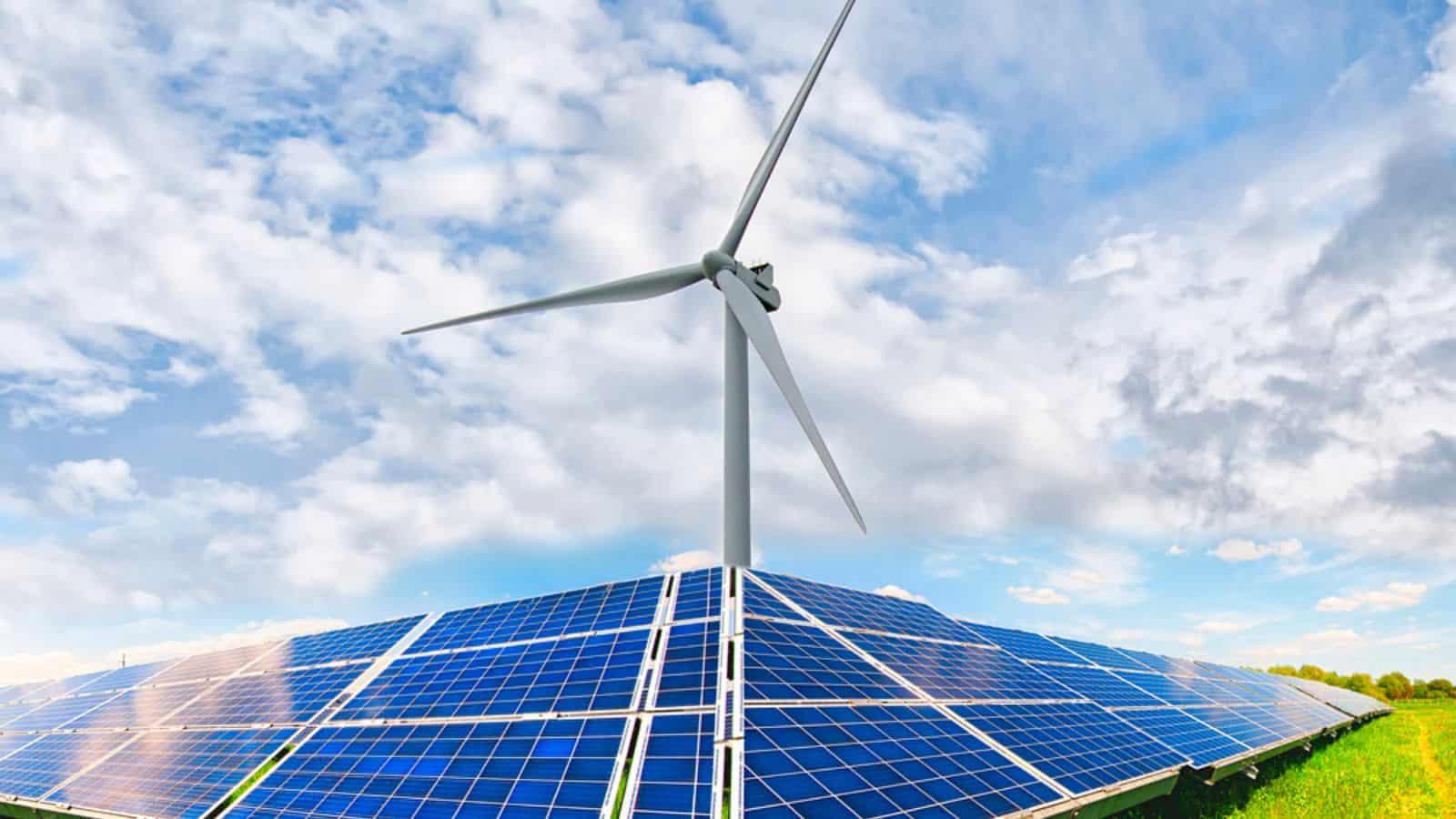18 Ways Going Green Can Save You Money In The Long Run

As the world becomes increasingly populated and polluted, the importance of investing in eco-friendly solutions cannot be understated. Many people invest in green tech or develop eco-friendly habits purely for the planet’s good but later find they have saved money in the long run. So, what green initiatives could you participate in that will simultaneously save money and the planet? Here are 18 ways you can choose to go green and save money along the way.
Energy-Efficient Appliances

Investing in energy-efficient appliances like refrigerators, washing machines, and air conditioners can lead to substantial cost savings. These appliances consume less electricity, resulting in lower utility bills over time, and many governments offer rebates or tax incentives for purchasing energy-efficient models.
LED Lighting

Switching to LED lighting reduces energy consumption and lowers the frequency of bulb replacements. LED bulbs use significantly less energy than traditional incandescent bulbs and have a longer lifespan, reducing electricity costs and maintenance expenses.
Smart Thermostats

Installing a smart thermostat allows precise control over heating and cooling, optimizing energy usage based on occupancy and preferences. For example, suppose no one is home during work hours. In that case, you can automatically set a lower temperature between 9 a.m. and 5 p.m. and increase the temperature at night when everyone is home. Homeowners can reduce heating and cooling expenses by programming temperature settings and remotely adjusting them without sacrificing comfort.
Solar Panels

Solar panels are one of the most significant green investments that individual households can make, but the investment is paying off substantially. ‘Solar panel systems that work at full capacity and can completely cover the cost of a household’s monthly energy bill, an average of $125/month, can save Americans up to $1,500 yearly,’ states Jason Higgs, Senior Deal Strategist at Bountii.
Likewise, in countries like Spain, which is well-known for its sunny climate, residents who install solar panels can see a 30% to 80% price reduction on their monthly energy bills.
Many countries around the world offer good incentives to citizens for switching to solar energy.
Water Conservation

Implementing water-saving fixtures, such as low-flow toilets and showerheads, can substantially reduce water usage, resulting in lower water bills. Also, fixing leaks and using water-efficient landscaping practices can contribute to cost savings.
Home Insulation

Proper insulation minimizes heat transfer, reducing the need for excessive heating and cooling. Sealing air leaks and insulating attics, walls, and floors can lower energy consumption and reduce heating and cooling expenses.
Sustainable Transportation

Embracing eco-friendly transportation options, such as biking, walking, carpooling, or using public transit, can significantly save fuel, vehicle maintenance, and parking fees. Switching to electric or hybrid vehicles can also offer long-term fuel and maintenance cost reductions.
Home Gardening

Growing your fruits, vegetables, and herbs at home can lead to substantial savings on grocery expenses. Additionally, composting organic waste can enrich soil, reduce the need for store-bought fertilizers, and promote sustainable gardening practices.
Rainwater Harvesting

Installing a rainwater harvesting system allows homeowners to collect and store rainwater for various non-potable uses, such as watering gardens, flushing toilets, and washing vehicles. By utilizing harvested rainwater for these purposes, households can reduce their reliance on municipal water sources, lowering water bills and conserving freshwater resources.
Energy-Efficient Windows

Upgrading to energy-efficient windows with double or triple glazing and low-emissivity coatings can improve insulation and reduce heat transfer. This reduces reliance on heating and cooling systems, lowering energy costs and enhancing indoor comfort.
Telecommuting and Remote Work

Embracing telecommuting and remote work options can lead to significant cost savings for employees and employers. Individuals can save money by reducing commuting expenses, such as fuel, vehicle maintenance, and parking fees, while companies can benefit from reduced office space requirements and associated overhead costs.
Community-Supported Agriculture (CSA)

Joining a CSA program allows individuals to purchase locally-grown produce directly from farmers. By supporting local agriculture and reducing the reliance on supermarket purchases, participants can enjoy fresh, seasonal produce at a lower cost while promoting sustainable farming practices and reducing food miles.
Eco-Friendly Cleaning Products

Switching to eco-friendly cleaning products contributes to a healthier indoor environment and leads to financial savings. Many natural cleaning alternatives, such as vinegar, baking soda, and lemon, are cost-effective and versatile, offering effective cleaning solutions at a fraction of the cost of conventional products.
Reusable and Sustainable Packaging

Opting for reusable containers, bags, and sustainable packaging options can reduce the need for single-use plastics and disposable items. By embracing eco-friendly packaging solutions, individuals can minimize waste, lower household expenses, and support environmentally conscious consumer choices. Additionally, buying in bulk and choosing products with minimal or recyclable packaging can lead to long-term cost savings and contribute to waste reduction.
Renewable Energy Incentives

Government incentives, such as tax credits and rebates, for installing renewable energy systems like solar panels or wind turbines can significantly offset the initial investment costs. These incentives can lead to substantial savings on renewable energy installations, making it more financially feasible for homeowners and businesses to transition to clean energy sources.
Sustainable Fashion

Embracing sustainable fashion practices, such as buying high-quality, timeless clothing, upcycling and repurposing garments, and supporting ethical and eco-friendly brands, can lead to long-term savings. By investing in durable, versatile clothing and reducing the frequency of fast fashion purchases, individuals can save money and contribute to a more sustainable and ethical fashion industry.
Buying Secondhand Clothing And Furniture

The thrifting revolution in the United States, with companies like GoodWill and Value Village offering secondhand clothing and household items at extremely low prices, has inspired other countries worldwide to follow suit.
Higgs from Bountii says, ‘Thrift stores often take clothing as donations, meaning they can resell it for low prices. People who choose to thrift clothing instead of buying it new can save hundreds per year.’
Many young people also choose to purchase secondhand furniture. With the cost of living rising, it makes more sense for people to find gently used sofas and wardrobes and make them their own. ‘Around 44% of Brits have previously purchased secondhand furniture, saving them hundreds,’ says Higgs.
Using Reusable Portable Coffee Mugs

Switching from paper coffee cups to reusable coffee mugs is one of the best things an individual can do for the environment if they buy coffee daily. ‘Besides the benefit of sending fewer cups to landfills, most big coffee chains offer discounts to customers who bring their own cups,’ says Higgs.
More From Arnie Nicola: 15 Reasons Why You Should Raise Your Child With Religion

These days, the cool thing to do is to forego religion and embrace atheism. But did you know there are many benefits to raising your child with religion?
15 Reasons Why You Should Raise Your Child With Religion
More From Arnie Nicola: 9 Nostalgic Classic Kids’ Toys That Are Banned in the USA Today

The 80s and 90’s were a time of great innovation and creativity in the world of children’s toys. However, many of these toys were found to be dangerous and were eventually banned in the USA. Here are 9 children’s toys from the 80’s and 90’s that are banned in the USA today:
9 Nostalgic Classic Kids’ Toys That Are Banned in the USA Today






